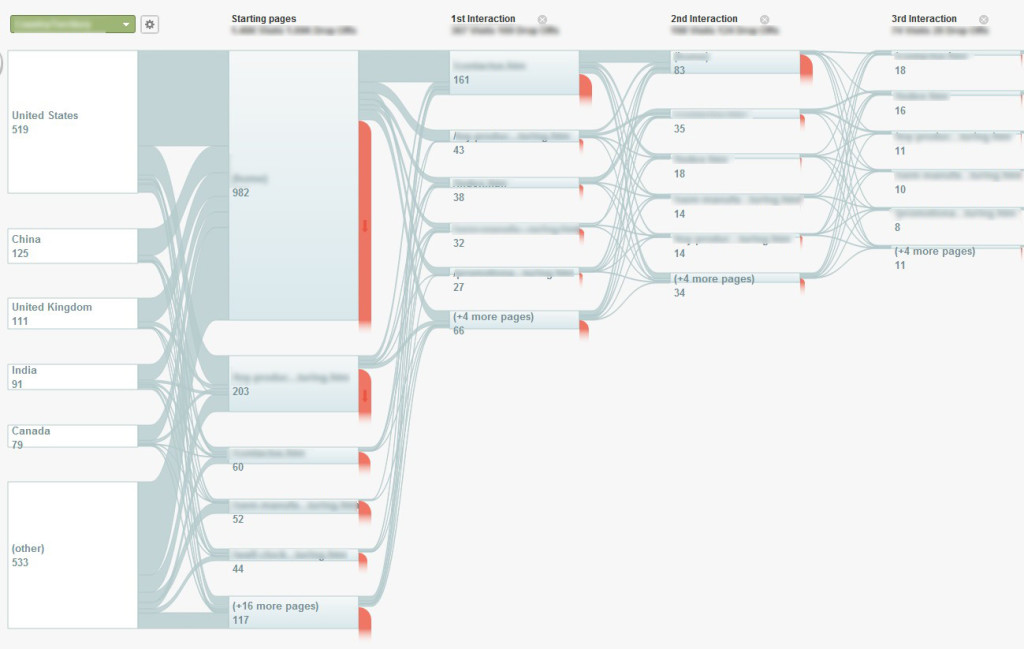Map Your Call-to-Action Visitors Flow
Is your site sending visitors on a path to nowhere? The answer to this is always “no” but the reality is that many trainers, consultants, and professional coaches have digital marketing offers that ultimately lead to nowhere. It’s important to review your site at launch and then periodically to make sure that calls to action lead visitors step-by-step to the offer they have expressed interest in. If there is any gap in that process, even a small one, it’s likely that you are losing a significant portion of your audience along the way.
During a review of a site for a redesign/development process, we followed the navigation paths of the primary offers on the client’s website to integrate into the proposed new development. One of the offers was for visitors to register to attend a free training session. The navigation went like this:
- Click the offer for a free training session.
- Choose one of six possible class topics from the landing page.
- Click to reserve your seat from the specific topic’s page.
- Land on the firm’s class calendar page.
The thinking was that visitors would pick a date from the calendar that suited their schedule and then register for that class. There were three problems with expecting visitors to make this leap.
The first is that there was no instruction on what to do, just the calendar of the current month. We need to take visitors by the hand and make sure they don’t get confused. The internet is too chaotic and full of bait and switches. If we don’t show people exactly how to get an offer they are interested in, they will not fill in the gaps on their own.
The second is that there was no administrative plan set for the site after launch. Since there was not a person or process responsible for updating the site, most of the calendar was filled with recurring event information devoid of topic information. So visitors were asked which class topic they wanted to take but were not provided a way of knowing which dates offered that topic.
The third was another administrative error where certain classes would have a registration form. That process was also not developed or adhered to so only public events had a sign up form. The classes that the trainers intended for people to attend as a guest did not provide a way for visitors to register for them.
This is an obvious lapse in the call to action fulfillment process but any one of these items missing would have reduced lead generation. The heart of the matter was that the call to action process was too complex for this firm to maintain. We refined the process by eliminating the last two steps and providing a form where people could input their information, select the topic, and request a particular time. One of the trainers would then contact them to set a date and a meeting with them.
Make sure to review your offers. If you don’t have time or expertise to follow each call to action that is offered in your digital marketing, your analytics can usually point you toward problem spots. Google analytics offers a visitor flow map. If that graphic shows a lot of paths that stop at a particular page then it’s a good bet that there is a gap in the call to action there. Secondarily, your bounce reports can indicate a gap in the process if an offer page has a lot of bounces (This could also point to a lot of friction with the amount of information you are requesting, pricing, or layout). At least it will provide a starting point for your review.
Calls to action are the payoff of marketing. Make sure not to lose interested visitors by not including clear instructions or intuitive ways of taking advantage of the offer.


